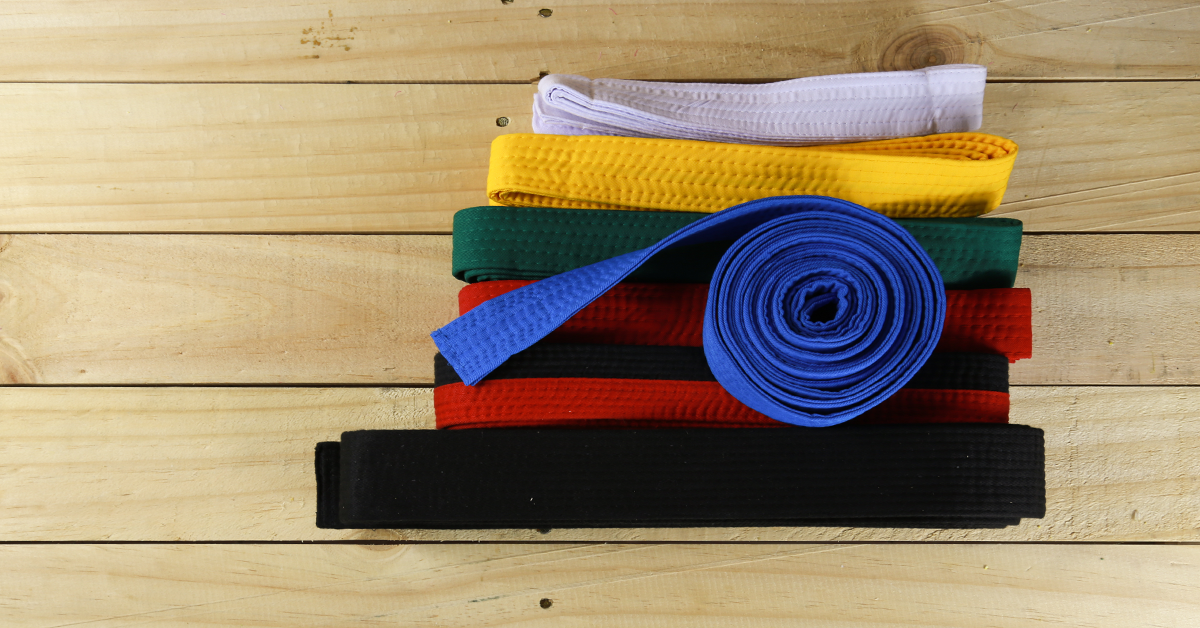Gi Colors & BJJ

GI colors hold no weight in the Jiu-Jitsu community. However, the role of BJJ gi belt colors is to indicate a practitioner's skill set. The two colors, blue and white, are often fundamental in specific academies. Occasionally, you might encounter a "white gi only" policy while others don't enforce practitioners to wear a particular color. Others choose to wear a different color because that's what they prefer.
The Significance of Gi Colors
White is the traditional uniform color for several martial arts with Japanese roots. This color stands for "truth" and "purity" in Japanese culture. Some say its significance is why it's the main color in martial arts training. White is highly used in Judo and Jiu-Jitsu. When more people gravitated toward Judo, a blue gi was thrown into the mix. Together, the colors separated one competitor from another. In turn, Jiu-Jitsu masters adopted the color.
These colors are the only ones available for judo gis. This sale is strictly enforced by the International Judo Federation (IJF).
The International Brazilian Jiu-Jitsu Federation (IBJJF) permits practitioners to use black gis. However, when it's time to be a part of a significant event, like the IBJJF World Championships, black belts can only wear a white or blue gi in the finals.
Choosing a Gi Color
If you're practicing martial arts for the first time, wearing white is recommended since it is widely accepted at any academy. However, wearing a different color gi might come off as irrational to some or that you're better than your fellow students. Also, you cannot mix colors. Your shirt and pants must match.
Do note, it's imperative to wear sports underwear under your gi pants. Men get the exception of wearing nothing or a training shirt under their gi top. Women should wear either a training bar or a training shirt under their gi because it frequently comes loose in training. Wearing compression pants is also useful when training because it'll give you coverage if they fail.
How Many Should I Have?
Realistically, it doesn't matter how many gis you own. You can get away with owning one if it can be dried and washed before your next training session. But, if you train a lot during the week, you should have two to three gis handy. Remember, you must have a clean gi for each training.
GI measurements are taken by a chart that gives the size rated on a scale of A0 to A5. The A stands for adult, and the associated number defines your height. For reference, the cut of the gi is signaled by L for long, S for short, and H for heavy.
Schedule Your Class Today!

